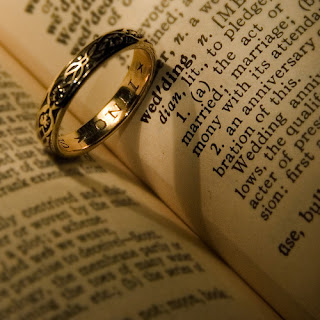Stairway to Heaven
This article has been published in the Sinai Chronicle, Sinai Reform Synagogue, Leeds
Stairway to Heaven
Are you ready to count your way to personal transformation?
The Omer Counting can be seen as the world’s oldest ’12 Step Program’, an antique method of self-improvement. According to the Chassidic tradition this is certainly the case where each ‘sefirah’ (‘counting’) is aligned with a Kabbalistic description of the Divine, like ‘Gevurah’ (power) or ‘Chesed’ (loving-kindness) for us to emulate. Be what may, the message is clear – the Omer is not only a Biblical commandment (Lev. 23:15) in which we count our way from freedom (Pesach) to Revelation (Shavuot) – but also a stairway to Heaven into our deepest personal experiences.
A lot happens en route. From the first counting (on the 15th of Nisan, second Seider night, for those who celebrate) to the 50th on erev Shavuot itself (6thof Sivan), the tragedies and joys of the Jewish people pass us by. On our relentless march to receive Torah is interspersed with Yom haShoah (27thof Nisan), Yom haZikaron (4th of Iyar), Yom ha’Atzma’ut (5thof Iyar) and Lag b’Omer (18th of Iyar).
Most of these events are solemn remembrances of death, loss and tragedy and so in traditional circles, the Omer period is seen as one of semi-mourning where joys are tempered. Yet at the same time, the Omer period reminds us equally of all that we can rejoice in and what we can look forward to – being alive to accept Torah anew each year at Sinai. As with many of our festivals and experiences, this ‘mixing’ of both the difficult and the beautiful is what makes our tradition real, tangible – and deeply personal.
How can we become fully ready to embrace the covenant at Sinai? The Omer count is supposed to prepare us for this transformative experience, it is like steps leading into our collective mikveh. Are you ready to take the proverbial plunge?
It is so easy to focus on the clichés of Shavuot: Ruth the Moabite, conversion and the inclusion of converts to Judaism. Revelation, the Ten Commandments, (all-night) Torah learning. Even the fresh flowers in the Sanctuary and a big slice of cheesecake! All of these are important and positive values, worthy of discussion. But maybe it is helpful to focus on the process of Shavuot instead. How do we get to that point? What forces shape our experiences on the way? Perhaps a more conscious experience of the Omer count can help us with that question.
The Babylonian Talmud (Tractate Yevamot 46a) discusses the requirements for conversion to Judaism (circumcision for men and immersion in a mikveh for both genders) and deduces that when our ancestors stood at Sinai, they all were converts to Judaism. It is a lovely sentiment, of course, both for Jews-by-birth and Jews-by-rebirth, but the question begs itself: how did they ‘get there’? What transformation happened along the way to turn this haphazard and traumatised band of ex-slaves into a covenant people, ready and worthy to receive the Divine Presence?
They went through the 12 Step Program. They faced both their traumas and joys and were willing to work with them, move with them and move beyond them. They placed their pain in the crucible of faith and forged hope from it. Sure, they were fallible – and the Torah is a testimony to their frequent backsliding (and Moses’ relentless kvetching!) – but our ancestors took the plunge because they knew from their personal experience what Torah could mean to them. They were liberated physically and honed their souls to be liberated spiritually.
What are you readying yourself for this year? What Torah values would you like to immerse yourself in this year as you stand at Sinai? Is there a new mitzvah – however small – that you would be willing to take on? And how do you feel about choosing your Judaism, mind, body and soul? You still have a little while to think, reflect and feel these questions. Just remember, the Holy One Blessed be He is ‘counting’ on you!


Comments
Post a Comment